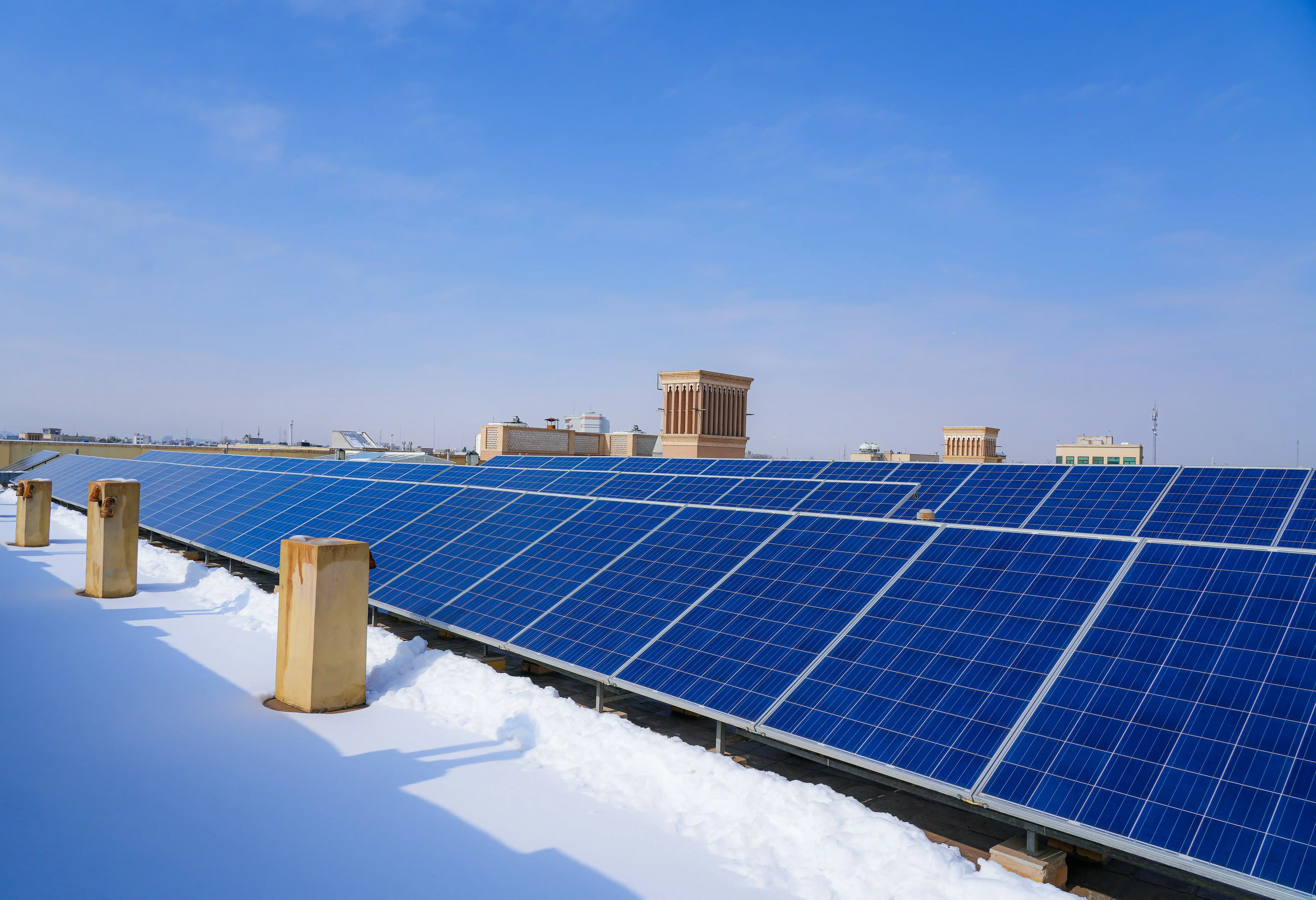In today's digital age, printers play a crucial role in various industries, serving as an essential tool for document reproduction. One common question that arises is whether all printers have the capability to print double-sided. In this blog post, we will delve into the intricacies of double-sided printing, exploring its significance, the types of printers that offer this feature, and the factors to consider when choosing a printer for your specific needs.
- Understanding Double-Sided Printing:
Double-sided printing, also known as duplex printing, refers to the ability of a printer to automatically print on both sides of a sheet of paper. This feature not only saves paper but also enhances efficiency and reduces printing costs. However, it is important to note that not all printers possess this capability. - Types of Printers with Double-Sided Printing:
a) Laser Printers: Laser printers are widely recognized for their high-quality output and efficient double-sided printing. They utilize a two-step process, where the paper is first printed on one side and then automatically flipped to print on the other side. Laser printers are commonly found in office environments where large volumes of double-sided printing are required.
b) Inkjet Printers: While inkjet printers are primarily known for their ability to produce vibrant color prints, many models also offer double-sided printing functionality. However, it is essential to check the specifications of the inkjet printer to ensure it supports duplex printing, as not all models possess this feature.
c) All-in-One Printers: All-in-one printers, also known as multifunction printers, combine the functionalities of a printer, scanner, copier, and sometimes a fax machine. Many all-in-one printers come equipped with duplex printing capabilities, making them versatile options for both home and office use.
- Factors to Consider When Choosing a Printer:
a) Budget: Double-sided printing functionality may come at an additional cost. Consider your budget and prioritize the features that align with your printing requirements.
b) Printing Volume: If you frequently print large volumes of double-sided documents, investing in a printer specifically designed for high-volume printing would be beneficial. These printers often have faster print speeds and larger paper capacities.
c) Connectivity Options: Ensure that the printer you choose offers the necessary connectivity options, such as Wi-Fi or Ethernet, to seamlessly integrate with your existing network.
d) Print Quality: Evaluate the print quality of the printer, especially if you require double-sided printing for professional documents or presentations. Look for printers with high resolution and color accuracy.
e) User-Friendly Interface: Consider the ease of use and accessibility of the printer's control panel and software. Intuitive interfaces can save time and enhance productivity.
Conclusion:
In conclusion, not all printers have the capability to print double-sided. Laser printers, inkjet printers, and all-in-one printers are the most common types that offer this functionality. When selecting a printer, it is crucial to consider factors such as budget, printing volume, connectivity options, print quality, and user-friendliness. By carefully assessing these factors, you can choose a printer that meets your specific double-sided printing needs, enhancing efficiency and reducing costs in your personal or professional endeavors.

More Stories
What Is Hypalon Rubber Sheet? Exploring Its Exceptional Weather Resistance
What Is SMC (Sheet Molding Compound)? Complete Guide for Engineers
Metal Packaging: Leading a Sustainable Future for Food Packaging through Infinite Recyclability and Carbon Reduction